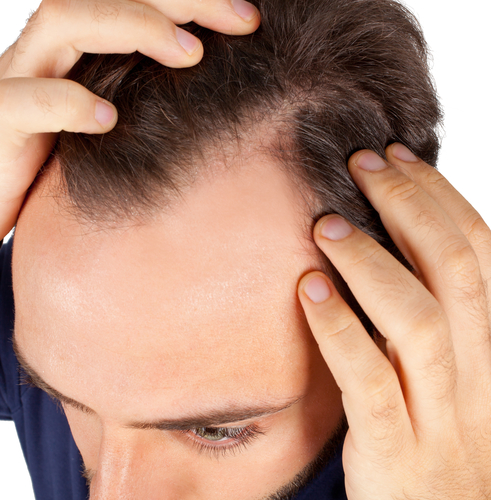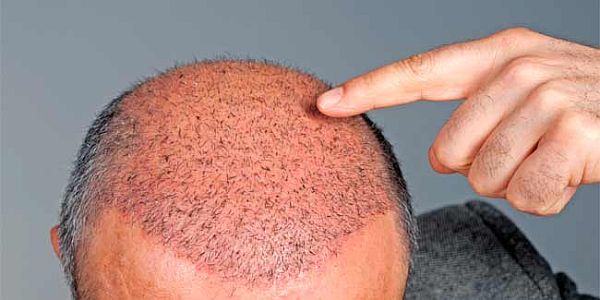Many are proud to be bald, but what if you are not ready to be bald yet? Maybe you have tried a medication to delay hair loss that is already noticeable. If that has not taken effect and hair loss is making you lose sleep, maybe it's time to think about getting a hair transplant, says hair transplant surgeon in Delhi.
Hair transplants have been perfected since the days when men ended up with isolated strands of hair that made them obvious. Now the results are much more natural.
Hair transplant in Delhi usually costs a lot. Before deciding, find out what results you can expect and if you are a good candidate.
Are you a good candidate for a fue hair transplant in Delhi?
You should have enough hair on the back and sides of the head to transplant it to the points with little or no hair. Your hair transplant doctor in Delhi can tell you if you are a good candidate.
Transplant procedure
The surgeon removes small patches or scalp grafts from the spots where hair continues to grow. These can be micro grafts of just one or two hairs, mini-grafts of a few hairs or larger grafts of up to 40 hairs.
The grafts are inserted into tiny grooves or holes that the surgeon opens in the bald parts of the scalp. Individual hair grafts are usually used to make the hairline look natural. The mini grafts go behind and then the large grafts, so the hair becomes denser gradually. The hair on the back and sides of the head will usually grow all your life, so do not worry about losing it after it is transplanted.
The procedure can take up to eight hours, but will go home the same day. Depending on the density you want and the portion of the scalp to be covered, you may need several sessions of surgery and take several months between one and another before it heals completely. The whole process can take up to two years.
Recovery after a transplant
You will feel pain, discomfort and swelling one or two days. After several weeks, most of the transplanted hair will fall out. This is normal. It will grow again in three or four months, approximately half an inch per month.
You will also have to take the drug finasteride for an indefinite period of time to avoid losing more of the hair that grows naturally. Among the rare side effects are sexual problems such as erectile dysfunction.
Transplant risks
In general, the best hair transplant in Delhi is considered safe, but the risks include:
- Infection
- Bleeding and some scars
- Hair growth in patches, which can often be corrected
- Rejection of grafts, which may mean that the transplant must be done again
Other surgical procedures for hair transplantation
Hair transplant is the most common way to fill your tickets. Others include:
- Reduction of alopecia or scalp. The surgeon removes the bald scalp and stretches the remaining one to replace it. This can be done together with a transplant. It is only an option if it is possible to stretch the scalp sufficiently. If you keep losing hair, it may require more surgery.
- Skin grafts or reconstruction of the scalp. Part of the scalp is replaced with a skin graft that still has hair. This type of surgery is usually reserved for scalp problems that were born or were the result of an injury.



